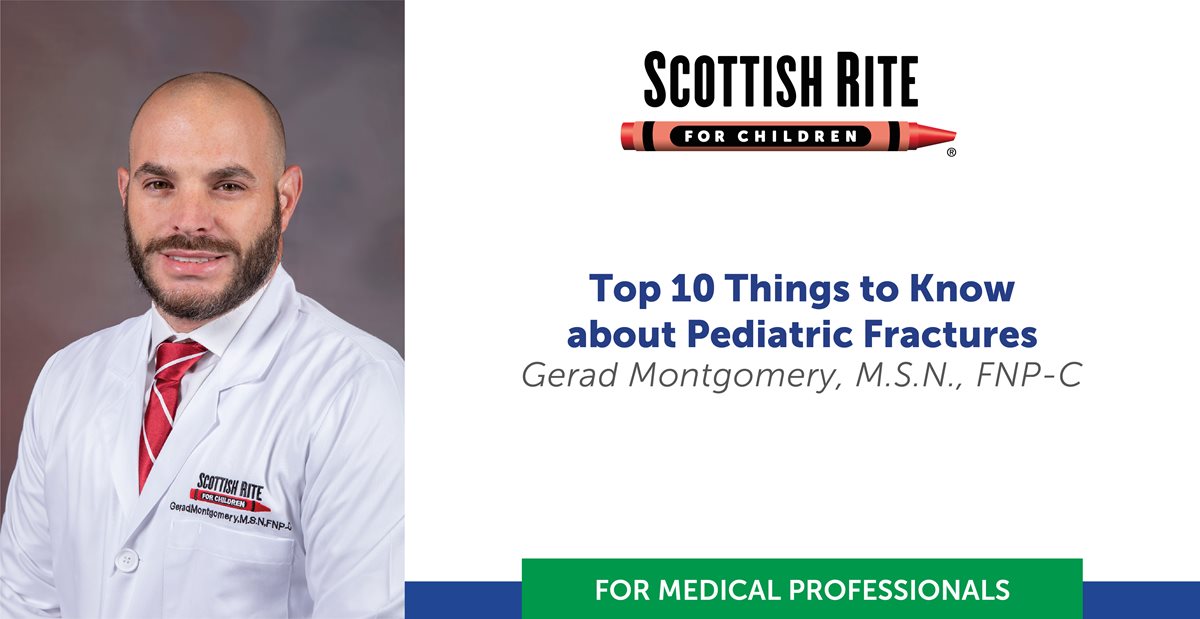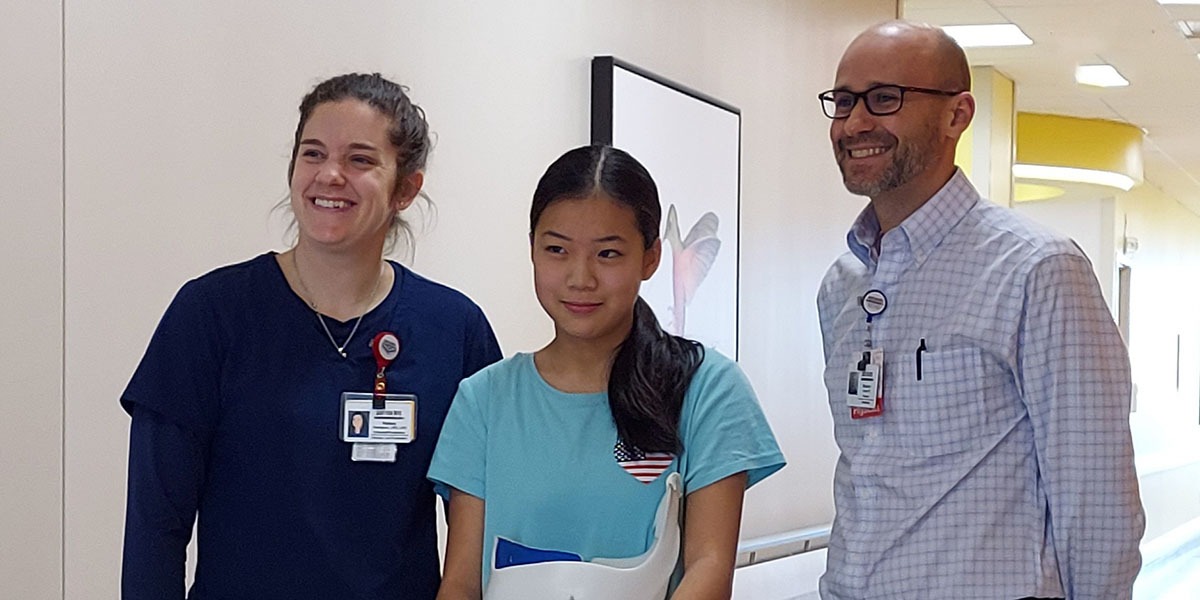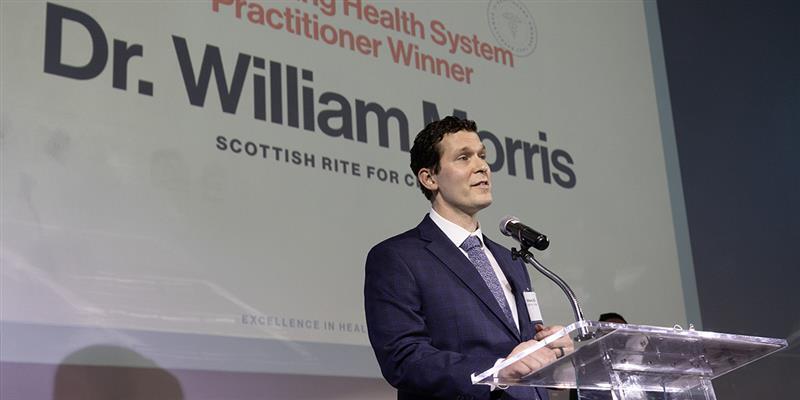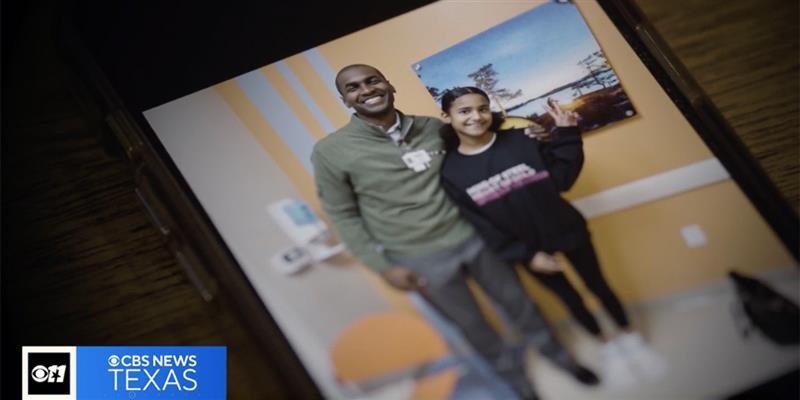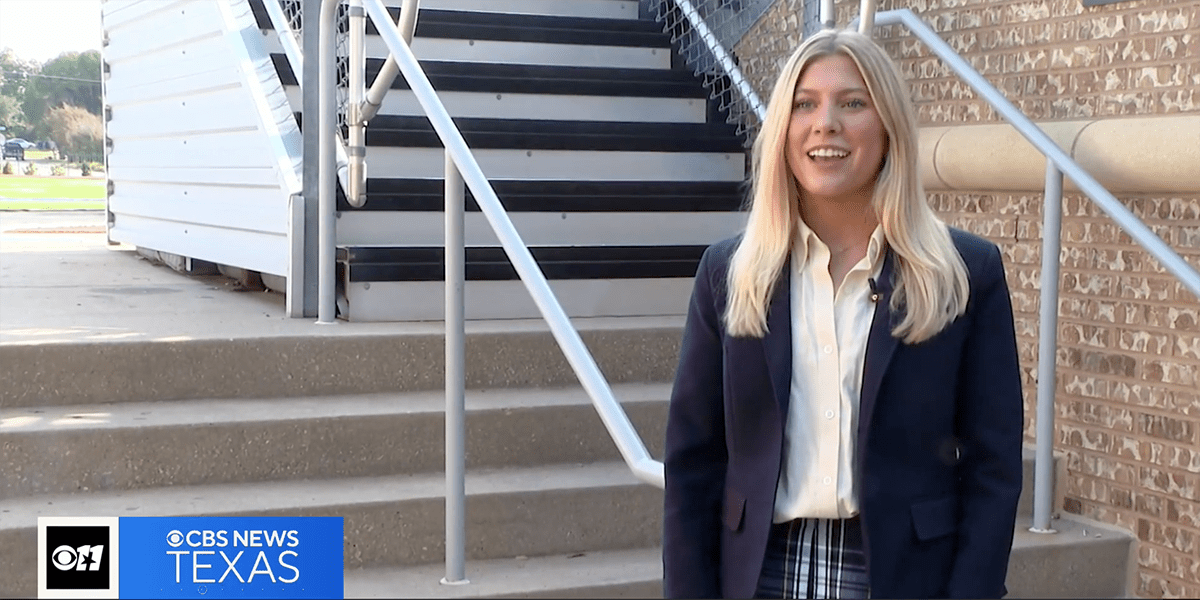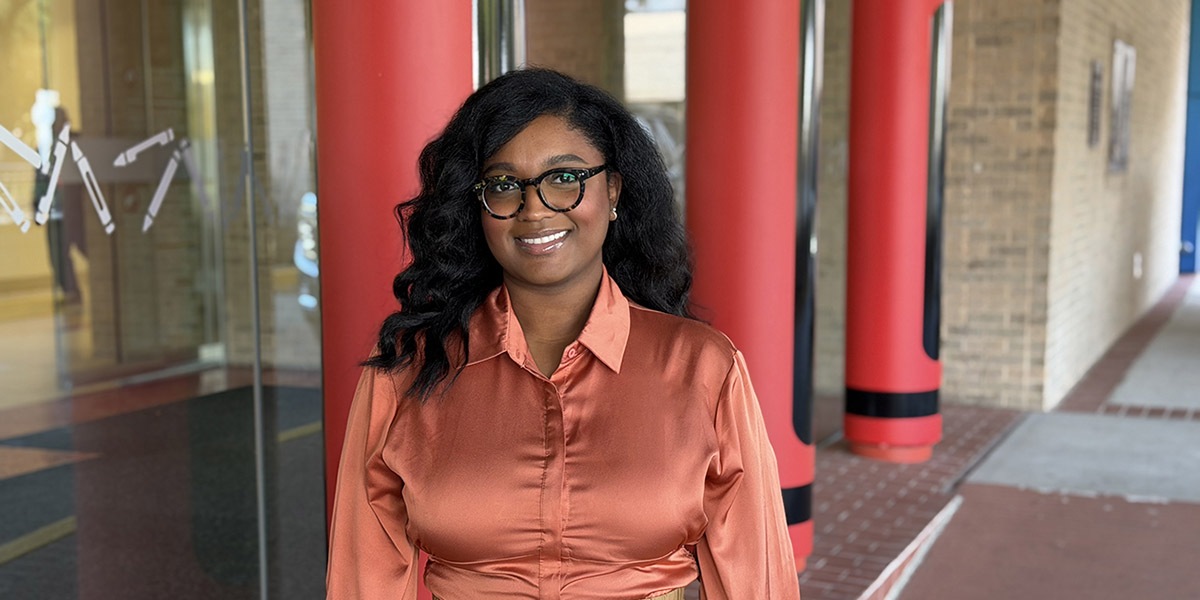These are key messages from a lecture provided as part of a free, monthly education series offered for Medical Professionals. Gerad Montgomery, M.S.N., FNP-C, is a certified family nurse practitioner and director of the Scottish Rite for Children Orthopedics Fracture Clinic in Frisco, Texas.
Download the PDF.
Watch Top 10 Things to Know about Pediatric Fractures on-demand.
Alternatively, you can access the full pediatric fracture care lecture on our Medical Professionals playlist where he also addresses questions from the audience including these:
- What are your thoughts on the use of X-rays or advanced imaging in an urgent care or outpatient setting before sending to a pediatric musculoskeletal expert?
- Would you recommend putting in a hematoma block for pain control before referring to a specialist?
- Do you have guidelines for return-to-sport or load management after fracture?
- What do you tell parents that wonder if their child needs an X-ray?
#10 A Methodical Exam Is Your Best Tool
Perform a methodical exam every time, the same way. It may not be easiest, but it is the best tool.
- X-rays and history should augment a good step-by-step physical exam.
- Age-appropriate exam may include the parent assisting to help maintain comfort.
- Encourage pointing to the injured area with “one finger at one spot.”
- Then, examine the contralateral side first.
- Always examine the joint above and below.
#9 Don’t Miss Signs of a Non-accidental Trauma
More than half of children who die from non-accidental trauma have a history of prior maltreatment. Know your resources and obligations. Listen closely to the story and vigilantly observe for signs and red flags such as:
- Inconsistent history
- Unwitnessed trauma
- Fracture doesn’t match story (i.e., femur fracture in non-ambulatory child)
- Multiple fractures in various stages of healing – skeletal survey
- Skin stigmata – bruises, burns
#8 X-Ray Views Matter
Poor alignment during X-rays can cause you to miss a fracture. Despite the patient’s discomfort, it is important to insist on good alignment and at least two views.
Learning how to describe a fracture over the phone when you are discussing a referral. Terms to use include:
- Open vs. closed
- Proximal vs. distal
- Angulated – apex volar vs. apex dorsal
- Shortening
- Displaced vs. non-displaced
# 7 Not All Fractures Require a Cast
Don’t let the treatment be worse than the injury. In some cases, immobilization may not be necessary. Depending on the condition, an alternative to a cast, such as a boot or a splint, may provide appropriate immobilization and allow early motion and an easier option for treatment.
#6 Splints and Casts Are NOT Benign
When a cast or splint is indicated, here are key messages for patient education to prevent complications like skin breakdown:
- Elevate the extremity for the first three days after the splint/cast is applied.
- Never place anything inside of the splint.
- DO NOT attempt to remove and re-apply a splint without help from a health care provider.
- Monitor for signs and symptoms of neurovascular compromise.
- Teach them how to check this and what to do should an issue occur (cap refill, sensation changes, increasing pain, proper elevation)
- DO NOT get your splint or cast wet. Call your health care provider immediately if it does.
#5 Pediatric Fracture Patterns
Know the pediatric bony anatomy and fracture patterns. Though complete fractures are possible with higher mechanism injuries, incomplete fractures are more common on the pediatric population.
An open physis may look to some like a fracture. Additionally, an open physis may also hide a fracture that you don’t want to miss. Any injury near the physis may benefit from an earlier referral to ensure no growth disturbance.
#4 Most Pediatric Fractures Can Be Managed Without Surgery
The Pediatric Orthopaedic Society of North America (POSNA) states on its website, “The standard of care for the treatment of pediatric forearm fractures remains nonoperative treatment with closed reduction and casting. An acceptable functional outcome with closed treatment is the rule in a majority of fractures.”
Our pediatric fracture clinic sees hundreds of children with fractures each week. Very few of these children require operative care for their fractures. Staffed with pediatric-focused nurses, medical assistants and orthopedic cast technicians, our clinic also has full-time, certified child life specialists. They are experts at providing developmentally appropriate education and support before, during and after diagnosis, care and complex in-clinic procedures.
#3 Pediatric Bone Remodeling Is Remarkable
Pediatric bone is structurally different than adult bone in the following ways:
- Less dense/more porous
- Increased elasticity
- Tend to break in “patterns” (greenstick, torus/buckle, plastic deformation, complete, etc.)
- Thick periosteum
- Potential to remodel
These characteristics make remodeling “easy” in young patients. Fractures in these conditions have greater remodeling potential with:
- Patient is younger in age
- Fracture is closer to the physis
- More growth remaining in the adjacent physis
Learn more about how Scottish Rite for Children is helping to define evidence-based care for treating clavicle fractures and how the outcomes in operative and nonoperative care are similar.
# 2 Not All Fractures Are an Emergency
Every fracture does not need to be treated in the emergency setting. This can save stress and use of expensive resources. A study of more than 200 cases has shown this can cause unnecessary anxiety and increased pain due to increased number of assessments before definitive care with pediatric orthopedic specialist.
Be familiar with your resources to manage and refer accordingly.
- Safely immobilize with sling, boot or splint.
- Provide crutches, when indicated
Educate the patient and family:
- Pain control
- Warning signs
- Elevation
- Immobilization and proper education
- Appropriately timed referral to pediatric orthopedics
Examples of orthopedic emergencies that can’t wait include, but are not limited to:
- Open fractures
- Neurovascular concerns
- Severe swelling
- Severe clinical deformity
- Slipped capital femoral epiphysis (SCFE)
- Femur fractures
- Pain uncontrolled with over-the-counter medications
#1 You Are Treating the Patient AND the Parents!
Majority of second opinions are requested to provide clarity, not necessarily a different treatment. Here are suggestions to optimize the conversations at the first visit:
- Spend extra time with the family. This may reduce frustration and duration of subsequent visits.
- Discuss expectations and timelines for both treatment and healing.
- Map out what to expect at subsequent visits.
- Identify and address questions or complications right away. Pediatric injuries are not always straightforward, and you must be able to explain things in ways that parents will understand and trust your diagnosis and treatment.
Montgomery emphasized the important role that patient and family education plays in pediatric fracture care. “If that family leaves your office and the family does not feel comfortable with your plan, you’ve lost,” he says. “We spend a lot of time with families to make them comfortable.”


